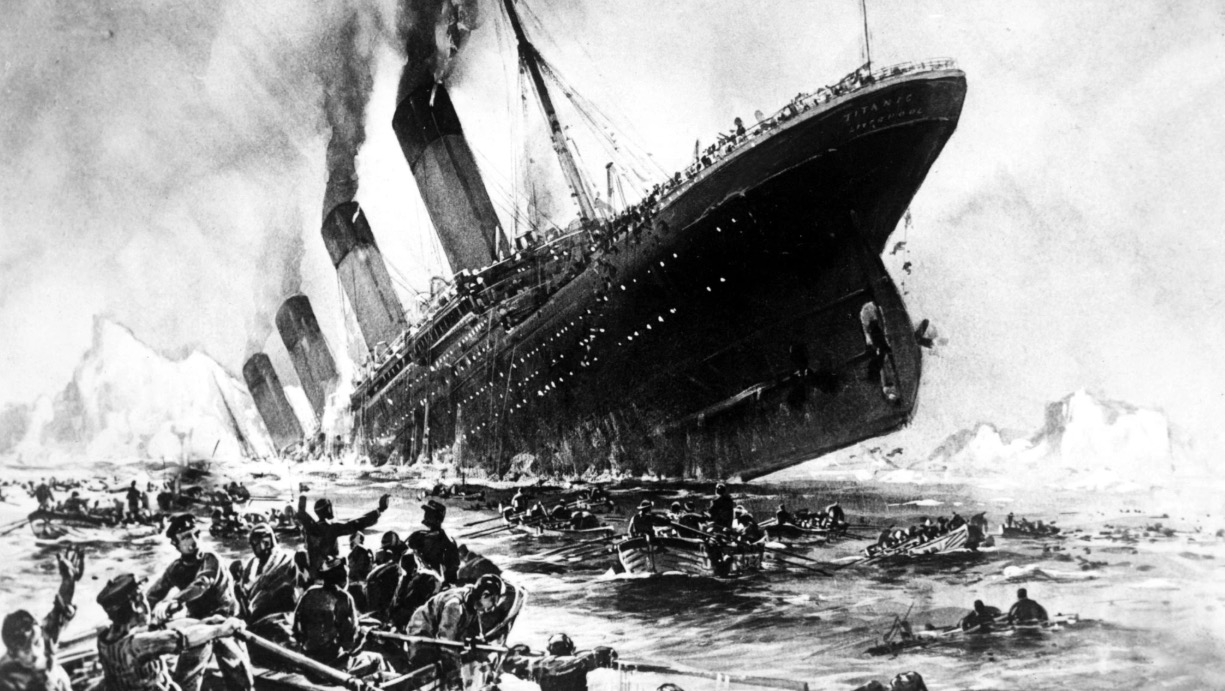The story of the RMS Titanic is etched into history, a tale of hubris and tragedy that ended with over 1,500 lives lost in the icy North Atlantic. For decades, the ship’s final resting place was a mystery, a ghost lying somewhere in the profound darkness of the deep sea. When the wreck was finally discovered in 1985, it offered answers but also presented a new, haunting puzzle. Where were the remains of the victims? The ocean floor was littered with the ship’s debris, but the bodies of those who perished were mysteriously absent.

Explorers like Robert Ballard, who first located the Titanic, and filmmaker James Cameron, who has spent extensive time at the site, have both confirmed this eerie absence. They have navigated the debris field, a sprawling area scattered with personal artifacts, pieces of the ship, and countless other objects from that fateful night. Yet, amidst this evidence of human catastrophe, they have not encountered a single human skeleton. The only poignant clues are pairs of shoes, lying side-by-side on the ocean floor, silent markers that hint at where a body once came to rest.

The explanation for this disappearance is not supernatural but scientific, rooted in the extreme environment of the deep ocean. The Titanic rests over two miles below the surface, in a world of perpetual cold and crushing pressure. In this realm, a complex ecosystem of deep-sea organisms acts as a highly efficient cleanup crew. These specialized bacteria and scavenging creatures consume organic material, meaning that the soft tissues of any human remains would have been consumed relatively quickly after the sinking.
But what about the bones? The mystery deepens when we consider the skeletons that should have remained long after the flesh was gone. The answer lies in the chemistry of the seawater itself. At the immense depth where the Titanic lies, the water becomes under-saturated in calcium carbonate, the primary mineral that gives our bones their structure. In this environment, bones do not last; they slowly dissolve, much like a sugar cube dissolving in water. This natural process ensures that even the most durable parts of the human body are eventually reclaimed by the sea.

This natural dissolution offers a somber form of closure. The victims of the Titanic have, in a sense, become one with the ocean that claimed them. While it is unsettling to think about, it means the wreck site is not a graveyard of skeletons but a memorial preserved in rust and artifacts. The pairs of shoes serve as the most powerful tombstones, enduring where bones cannot, reminding us of the individuals who stood in them on that final, tragic night.


